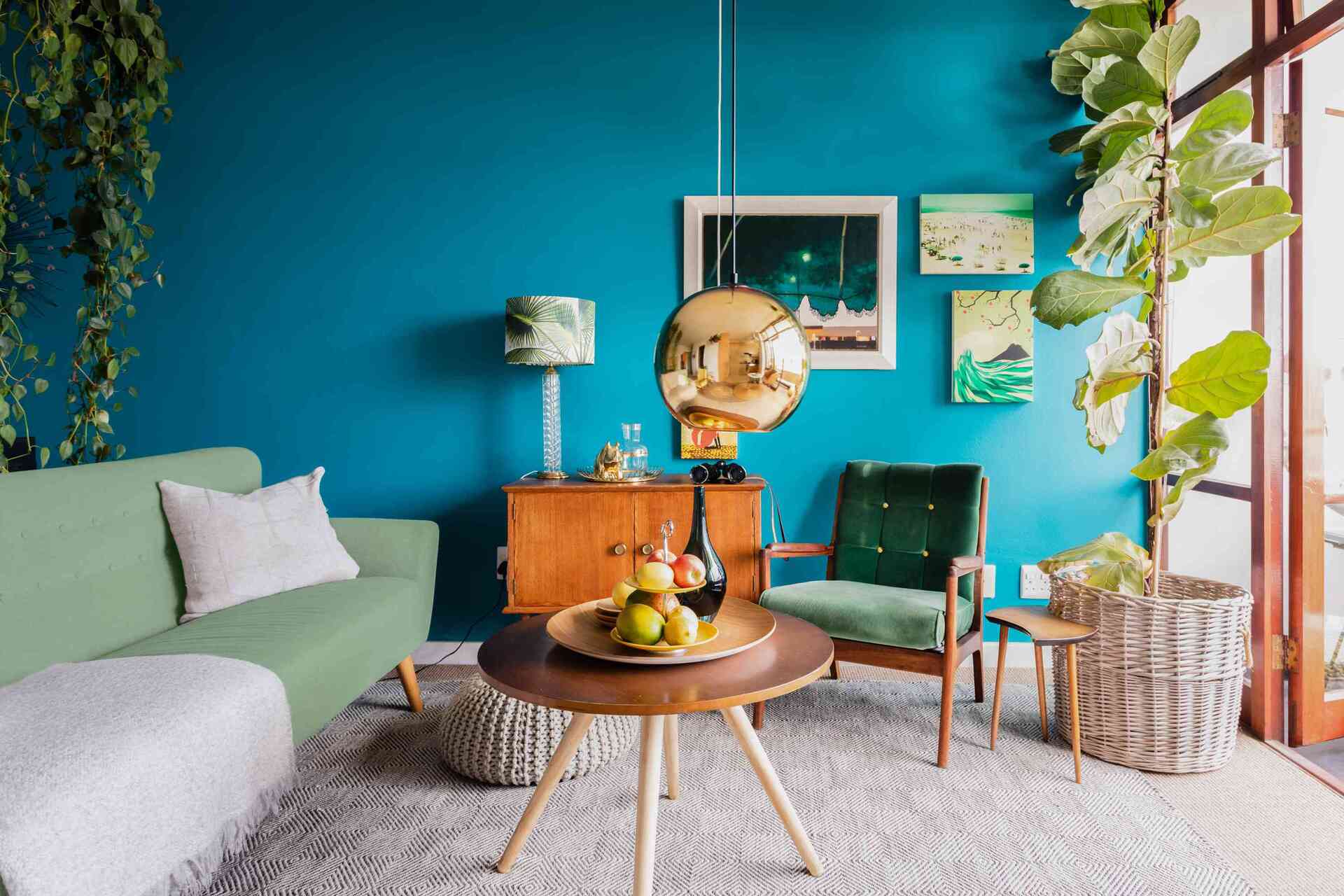

Articles
How To Choose A Colour Scheme For Living Room
Modified: January 5, 2024
Learn how to choose the perfect colour scheme for your living room with our insightful articles. Discover tips and ideas to create a harmonious and stylish space.
(Many of the links in this article redirect to a specific reviewed product. Your purchase of these products through affiliate links helps to generate commission for Storables.com, at no extra cost. Learn more)
Introduction
Welcome to the world of interior design, where every detail matters and every choice can make a significant impact. When it comes to designing your living room, one of the most important decisions you’ll make is choosing the perfect colour scheme. The colours you choose for your living room can set the tone, create a mood, and even reflect your personal style.
Understanding the psychology and aesthetics of colours can help you make an informed decision about the colour scheme that will best suit your space. In this article, we will explore the importance of having a well-thought-out colour scheme and guide you through the process of choosing one that works harmoniously with your living room.
So, let’s dive in and explore the fascinating world of colours and how they can transform your living room into a space that is not only aesthetically pleasing but also reflects your personality.
Key Takeaways:
- The right colour scheme can transform your living room, setting the mood, reflecting your personality, and creating a harmonious space that enhances aesthetics and impacts the perceived size of the room.
- Experimenting with harmonious, contrasting, or monochromatic colour schemes, considering lighting and mood, and trusting your instincts can help you create a living room that is visually captivating, inviting, and uniquely yours.
Read more: What Colours Go Together In A Living Room
Understanding the Importance of a Colour Scheme
Before we delve into the specifics of choosing a colour scheme for your living room, it’s important to understand why a colour scheme is crucial in interior design. A well-designed colour scheme can completely transform the look and feel of a room, creating a harmonious and visually appealing space.
Firstly, colours have the power to evoke emotions and set the mood of a room. Warm colours like red, orange, and yellow can create a cozy and inviting atmosphere, while cool colours like blue and green can bring a sense of calmness and serenity. By carefully selecting the colours for your living room, you can create the desired ambience for the space.
A colour scheme also helps in achieving a cohesive and unified look. When different colours work together in harmony, they create a sense of balance and unity in the room. This is particularly important in a living room, where various elements like furniture, walls, flooring, and accessories need to come together seamlessly.
Additionally, a well-chosen colour scheme can enhance the overall aesthetics of your living room. It can highlight architectural features, create visual interest, and make a statement. Whether you want your living room to feel bright and vibrant or subtle and sophisticated, the right colour scheme can make it happen.
Furthermore, a thoughtfully designed colour scheme can also impact the perceived size of the room. Lighter colours tend to make a space feel more open and spacious, while darker shades can create a cozy and intimate atmosphere. By understanding the visual effects of colours, you can manipulate the perception of space in your living room.
Lastly, a carefully chosen colour scheme can reflect your personal style and personality. It’s an opportunity to showcase your unique taste and preferences. Whether you prefer a traditional, modern, or eclectic style, the colours you choose can help bring that aesthetic to life and make your living room a true reflection of who you are.
Now that we understand why a colour scheme is important let’s move on to the next step in choosing the perfect colour scheme for your living room – assessing the room and lifestyle.
Assessing the Room and Lifestyle
Before you start selecting colours for your living room, it’s essential to assess the room itself and consider your lifestyle. Understanding these factors will help you make informed decisions about the colour scheme that will best suit your needs and preferences.
Firstly, take a close look at the architectural features of the room. Consider the size and shape of the space, as well as the natural lighting conditions. If your living room has large windows that allow plenty of natural light to flood in, you can opt for a wider range of colours. However, if the room is relatively small and lacks natural light, you may want to choose lighter colours to create a sense of openness and brightness.
Next, consider the purpose and function of your living room. Is it primarily a space for relaxation and entertainment, or does it serve multiple purposes such as a home office or a play area for kids? The activities that take place in the room will influence the colour choices. For instance, if you want a calming and serene atmosphere, you may opt for soft and neutral colours. Alternatively, if you want to create a vibrant and energetic space, you can incorporate bold and bright colours.
Another crucial aspect to consider is the existing furniture and decor in your living room. Take note of their colours and patterns, as they will play a role in determining the overall colour scheme. You can either choose colours that complement the existing elements or take an entirely different approach to create contrast and visual interest.
Additionally, think about your personal preferences and the mood you want to convey in the room. Do you prefer warm and cozy atmospheres or cool and calming environments? This will help guide you towards the appropriate colour palette. You can also draw inspiration from your hobbies, interests, or favorite places to infuse a personal touch into your living room.
Lastly, consider the long-term durability of the colours you choose. Living rooms are often high-traffic areas and prone to wear and tear. Opting for colours that are resistant to fading, staining, and easy to clean will ensure that your living room maintains its aesthetic appeal for years to come.
By assessing the room and your lifestyle, you can gather valuable insights and make well-informed decisions about the colour scheme. With a clear understanding of these factors, you are now ready to move on to the next step – choosing the right base colour.
Choosing the Right Base Colour
When it comes to selecting a base colour for your living room, it’s important to choose one that will serve as the foundation for your overall colour scheme. The base colour will set the tone for the room and provide a canvas for the other colours to work with.
One popular approach is to opt for neutral colours as a base. Neutral colours such as white, beige, gray, or taupe are versatile and timeless. They provide a clean and sophisticated backdrop that allows you to play with accent colours and textures. Neutral base colours are also a safe choice if you’re unsure about committing to bold or vibrant shades.
If you want to add warmth and coziness to your living room, consider earthy tones like warm beige, sandy tan, or soft brown as your base colour. These colours can create a welcoming and intimate atmosphere, perfect for relaxing and unwinding.
On the other hand, if you’re after a more modern and sleek look, you can choose cooler tones like crisp white or shades of gray as your base. These colours can create a sense of spaciousness and lend a contemporary feel to your living room.
It’s worth noting that your base colour doesn’t necessarily have to be limited to neutrals or earthy tones. If you’re feeling adventurous, you can opt for a bold and vibrant colour as your base. For example, a deep navy blue or a rich emerald green can create a dramatic and striking look when paired with the right accent colours.
When selecting your base colour, take into consideration the size of your living room as well. If the space is small, lighter shades can help create the illusion of a bigger room. Conversely, if the room is larger, you have more flexibility to experiment with both light and dark base colours.
Remember, the base colour will serve as a backdrop for other elements in the room, so it’s important to choose one that you love and that will complement your desired aesthetic. Once you’ve selected your base colour, you can move on to the next step – selecting accent colours.
Selecting Accent Colours
Now that you have chosen the base colour for your living room, it’s time to select the accent colours that will bring depth, interest, and personality to the space. Accent colours are the hues that will be used sparingly throughout the room to create visual pops and highlight specific areas or elements.
When selecting accent colours, consider the overall mood and atmosphere you want to create in your living room. Do you want a calm and serene space? Or do you prefer a vibrant and energetic ambiance? The accent colours you choose will help convey the desired mood.
One approach is to use complementary colours as accents. Complementary colours are those that are opposite each other on the colour wheel, such as blue and orange, or green and red. These colours create a striking contrast that can make a bold statement in your living room.
If you want a more harmonious look, consider selecting analogous colours as accents. Analogous colours are those that are adjacent to each other on the colour wheel, such as blue and green, or yellow and orange. These colours create a cohesive and soothing effect when used together.
You can also play with shades and tones of the base colour as accent colours. For example, if your base colour is a light gray, you can use darker shades of gray or even black as accents to create depth and contrast in the room.
Another popular approach is to incorporate a pop of a bold and vibrant accent colour to add visual interest. This can be achieved through accessories such as throw pillows, artwork, or accent furniture. For example, if your base colour is a neutral tone, you can introduce a vibrant red or yellow as accents to create a focal point in the room.
When selecting accent colours, it’s important to strike a balance between using too many and not enough. Too many accent colours can create a chaotic and overwhelming look, while too few can make the room appear dull and lacking personality. Aim for 2-3 accent colours that complement the base colour and each other.
Remember, the accent colours should enhance the overall colour scheme and not overpower the space. They should work harmoniously with the base colour to create a cohesive and visually pleasing living room. With the accent colours selected, you can now move on to considering lighting and mood in your colour scheme.
Read more: How To Choose Living Room Furniture
Considering Lighting and Mood
Lighting plays a crucial role in how colours are perceived, so it’s essential to consider the lighting conditions in your living room when choosing a colour scheme. The type and intensity of lighting can significantly impact the mood and overall feel of the space.
Natural light is a valuable asset in any living room. Take note of the direction and intensity of sunlight throughout the day. North-facing rooms tend to receive cooler light, while south-facing rooms receive warmer light. East-facing rooms receive soft morning light, while west-facing rooms receive intense afternoon light.
If your living room receives an abundance of natural light, you can choose a wider range of colours with confidence. Lighter colours will appear even brighter and more vibrant, while darker colours may appear more intense and dramatic. Keep in mind that direct sunlight can cause colours to fade over time, so consider window treatments or protective coatings for your furnishings.
For living rooms with limited natural light, it’s important to choose colours that will help brighten and open up the space. Lighter, softer hues can reflect light and make the room feel more spacious. Consider using lighter shades of your chosen base colour or incorporating warm neutral tones to create a cozy and inviting atmosphere.
In addition to considering lighting conditions, it’s crucial to think about the mood you want to create in your living room. Colour psychology plays a significant role in how different hues can evoke specific emotions and set the tone of a room.
Cool colours like blues and greens are known for their calming and soothing effects. They can create a serene and peaceful environment, perfect for relaxation and unwinding. These colours work well in living rooms where you want to create a tranquil and Zen-like atmosphere.
Warm colours like reds, oranges, and yellows can energize and stimulate the senses. They create a welcoming and vibrant atmosphere, ideal for socializing and entertaining. These colours can be incorporated in living rooms where you want to create a lively and energetic ambiance.
Neutral colours such as whites, beiges, and grays have a timeless and versatile appeal. They can create a sense of balance and flexibility, allowing you to easily change up the mood and style of your living room with accessories and furnishings.
Consider the activities that will take place in your living room and the mood you want to promote. Do you want a space that inspires creativity? Opt for hues of blue or green. If you want a cozy and inviting space, warm neutral tones can be a perfect choice.
By considering both lighting conditions and the desired mood, you can effectively select colours that enhance the atmosphere and create the desired ambiance in your living room.
Exploring Different Colour Schemes
Now that you have a solid understanding of the importance of colour schemes and have considered factors like lighting and mood, it’s time to explore different colour schemes that you can incorporate into your living room. Colour schemes are combinations of colours that work together harmoniously to create a cohesive and visually appealing space. Let’s dive into some popular colour schemes:
Harmonious Colour Schemes:
Harmonious colour schemes use colours that are adjacent to each other on the colour wheel. This creates a sense of balance and unity in the space. For example, you could combine shades of blue and green for a serene and nature-inspired look. Another option is to pair soft pastel colours, such as lavender and mint, for a gentle and calming atmosphere. Harmonious colour schemes work well in creating a cohesive and tranquil living room.
Contrasting Colour Schemes:
Contrasting colour schemes involve using colours that are opposite each other on the colour wheel. This creates a dynamic and visually striking look. For instance, pairing shades of blue with vibrant orange can create a bold and exciting atmosphere. Another option is to combine deep purple with golden yellow for an elegant and luxurious feel. Contrasting colour schemes are great for making a statement and adding visual interest to your living room.
Read more: How To Choose A Carpet For Living Room
Monochromatic Colour Schemes:
A monochromatic colour scheme uses different shades and tones of a single colour. This creates a cohesive and sophisticated look. You can choose a favourite colour and incorporate lighter and darker variations of that hue in your living room. For example, if you love blue, you can use pale blue, sky blue, and navy blue to create depth and dimension. Monochromatic colour schemes are sleek and modern, allowing you to play with different intensities of your preferred colour.
When exploring different colour schemes, it’s important to consider the size of your living room and the desired mood. Lighter colours can make a small room appear more spacious, while darker colours can create a cozy and intimate atmosphere. Additionally, keep in mind that you can use different colours for different elements in your living room, such as walls, furniture, and accessories, to create a balanced and coordinated look.
Remember, the colour scheme you choose should reflect your personal style, complement the overall design of your home, and create a space that you love spending time in. With the colour scheme decided, it’s time to move on to experimenting with colour to bring your living room to life.
Harmonious Colour Schemes
Harmonious colour schemes involve using colours that are adjacent to each other on the colour wheel. These colour combinations create a sense of harmony, balance, and unity in the room. They are often used to create a calming and soothing atmosphere in living spaces.
One popular example of a harmonious colour scheme is the use of blues and greens. These colours are reminiscent of nature and can create a serene and tranquil environment. You can combine different shades of blue, such as sky blue, turquoise, and navy, with variations of green, such as mint, sage, and emerald. The result is a beautiful blend of cool and natural hues that can bring a sense of peace and tranquility to your living room.
Another harmonious colour scheme is the pairing of warm earth tones. This includes colours like browns, beiges, and tans. These colours evoke a sense of groundedness and create a cozy and inviting atmosphere. You can combine shades of brown with neutral creams and subtle hints of orange or yellow. This creates a warm and comforting feel in your living room, perfect for relaxation and downtime.
Harmonious colour schemes can also be achieved using soft and subtle pastel colours. This includes hues like lavender, pale pink, soft mint, and light peach. These gentle and muted colours create a delicate and airy feel in the room. They work well in spaces where you want to create a sense of serenity and tranquility. By combining these soft pastels, you can create a living room that feels light, refreshing, and harmonious.
When working with harmonious colour schemes, it’s important to consider the proportions of each colour. You can choose a dominant colour that will be the main focus in the room, and then use the other colours as accents or complementary shades. This helps create a sense of balance and prevents the room from feeling too overwhelming or monotonous.
When incorporating a harmonious colour scheme, you can use these colours on walls, furniture, accessories, and artwork. Soft furnishings like rugs, curtains, and throw pillows can be used to introduce the various hues more subtly, allowing for flexibility and versatility in the colour scheme. Additionally, natural materials like wood and plants can complement harmonious colour schemes by adding a touch of warmth and texture.
Overall, harmonious colour schemes help create a cohesive and balanced look in your living room. They bring a sense of calmness and unity while incorporating colours that work seamlessly together. Whether you choose blues and greens, warm earth tones, or soft pastels, a harmonious colour scheme can create a serene and inviting atmosphere that you’ll enjoy spending time in.
Contrasting Colour Schemes
Contrasting colour schemes involve using colours that are opposite each other on the colour wheel. These bold and vibrant combinations create visual impact and a sense of energy in a living room. Contrasting colour schemes are perfect for those who want to make a statement and add excitement to their space.
One classic example of a contrasting colour scheme is pairing blue with orange. The coolness of blue tones complements the warmth of orange, creating a visually stimulating and dynamic contrast. You can use shades of blue such as navy, teal, or sky blue in combination with vibrant shades of orange like tangerine or burnt orange. This colour scheme creates a vibrant and energetic atmosphere in your living room, perfect for those who want to inject a burst of colour and liveliness into their space.
Another popular contrasting colour scheme is the combination of purple and yellow. These two colours are located on opposite ends of the colour wheel and create a striking and eclectic look when paired together. Use varying shades of purple such as lavender, violet, or deep plum along with bright and sunny shades of yellow like lemon or goldenrod. The result is a living room that exudes vibrancy and creativity, making a bold visual statement.
For those who prefer a more modern and sleek look, a contrasting colour scheme of black and white is an excellent choice. The stark contrast between these two colours creates a sophisticated and timeless atmosphere. Black can be used as an accent colour to create visual interest, while white is used as the dominant colour to provide a clean and fresh backdrop. This colour scheme is versatile and can be incorporated into any living room style, from minimalist to contemporary.
When working with contrasting colour schemes, it’s important to find a balance between the two colours. One colour should be the dominant colour in the room, while the other is used as an accent colour to create points of interest. This balance ensures that the contrasting colours harmonize rather than compete with each other.
Contrasting colour schemes can be used on walls, furniture, and accessories to create a bold and dramatic look. However, it’s essential to be mindful of using contrasting colours in moderation to prevent overwhelming the space. Consider using larger expanses of one colour and incorporating the contrasting colour in smaller doses to create visual impact without overpowering the room.
Overall, contrasting colour schemes are a bold choice for those who want to make a statement and infuse their living room with energy and excitement. Whether you choose combinations like blue and orange, purple and yellow, or black and white, a contrasting colour scheme will add a vibrant and dynamic touch to your space.
Monochromatic Colour Schemes
When it comes to creating a cohesive and elegant look in your living room, a monochromatic colour scheme can work wonders. A monochromatic colour scheme involves using different shades, tones, and tints of a single colour. This creates a harmonious and visually appealing space while allowing you to play with depth and dimension.
One of the advantages of a monochromatic colour scheme is its versatility. You can choose any colour that you love as your base, such as blue, green, or even a neutral like gray or beige. Once you have your base colour, explore variations of that colour to create different depths and intensities.
For example, if you choose blue as your base colour, you can incorporate lighter shades like sky blue or powder blue for a soft and serene atmosphere. On the other hand, darker shades such as navy or indigo can add drama and depth to your living room. By using a range of shades within the same colour family, you can create a cohesive and layered look.
To further enhance the visual interest of a monochromatic colour scheme, consider incorporating different textures and finishes. Experiment with different fabrics, materials, and patterns to add dimension and depth to your living room. For example, a velvet accent chair in a darker shade of your base colour can create a luxurious and tactile element in the space.
When working with a monochromatic colour scheme, be mindful of the amount of each shade you use. Use lighter shades for larger areas like walls or larger pieces of furniture to create a sense of openness and brightness. Use darker shades sparingly as accents or for smaller elements to create contrast and visual interest.
Monochromatic colour schemes can also benefit from the inclusion of neutral tones. Incorporating shades of white, beige, or gray can balance out the intensity of the main colour and create a visually soothing effect. These neutral tones can be used for furniture, carpets, or curtains to provide a neutral backdrop for your chosen monochromatic theme.
A monochromatic colour scheme is not only visually pleasing but also gives the space a timeless and sophisticated feel. It creates a cohesive and harmonious look by utilizing different shades of one colour. This allows you to be creative and play with different tones within the same palette, resulting in a chic and elegant living room.
Remember, with a monochromatic colour scheme, it’s important to incorporate variation and contrast through different shades and textures to avoid a flat and monotonous look. By doing so, you can achieve a visually stunning and cohesive living room design that reflects your style and creates a sense of harmony.
Read more: How To Choose A Painting For Living Room
Tips for Experimenting with Colour
When it comes to experimenting with colour in your living room, the possibilities are endless. Whether you’re opting for a bold and vibrant scheme or a more subtle and calming palette, here are some tips to help you navigate the world of colour and create a space that truly reflects your personality and style:
1. Start with Inspiration:
Begin by gathering inspiration from various sources such as interior design magazines, websites, or even nature. Look for colours that catch your eye and evoke a particular emotion or mood. This will serve as a starting point for your colour exploration.
2. Use Samples and Swatches:
Utilize paint swatches and fabric samples to visualize how colours will look in your living room. Place them against your walls and furniture to get an idea of how they will interact with the existing elements in the room. This will help you narrow down your options and make informed decisions.
3. Create a Mood Board:
Gather samples, images, and swatches of colours that inspire you and create a mood board. This will give you a visual representation of how the colours work together and help you envision the overall look and feel of your living room.
Read more: How To Choose Sofa For Living Room
4. Consider the 60-30-10 Rule:
When incorporating multiple colours in your living room, follow the 60-30-10 rule. Use a dominant colour for 60% of the room, a secondary colour for 30%, and an accent colour for the remaining 10%. This balanced approach ensures that colours are distributed proportionally and creates visual harmony.
5. Test Lighting Conditions:
Be mindful of how lighting conditions may affect your chosen colours. Natural light, artificial light, and even the time of day can impact how colours appear in a room. Test your colour choices under different lighting conditions to ensure that they look as intended.
6. Consider the Flow:
Take into account how the colour scheme of your living room flows into adjacent spaces. Consider the colours in adjoining rooms to ensure a cohesive and seamless transition. Harmonizing the colours throughout your home can create a unified and balanced overall design.
7. Embrace Accent Pieces:
Use accent pieces such as throw pillows, artwork, and accessories to introduce pops of colour and experiment with bolder shades. These elements can be easily changed or replaced, allowing you to refresh and update your living room without committing to a major colour overhaul.
Read more: How To Choose Lighting For A Living Room
8. Trust Your Instincts:
Remember, choosing colours is ultimately a personal decision. Trust your instincts and go with colours that you love and resonate with your style and personality. Creating a living room that brings you joy and reflects your taste is the key to a truly memorable and satisfying space.
By following these tips, you can confidently experiment with colour and create a living room that is visually captivating, inviting, and uniquely yours. Have fun with the process and enjoy the transformative power of colour in your living space!
Final Thoughts
Choosing a colour scheme for your living room is an exciting and important part of the interior design process. The colours you select can greatly influence the mood, atmosphere, and overall aesthetic of the space. By understanding the importance of a colour scheme, assessing the room and your lifestyle, and considering lighting and mood, you can make informed decisions that will result in a living room that truly feels like home.
Exploring different colour schemes, such as harmonious, contrasting, and monochromatic, allows you to personalize your living room and create a space that reflects your style and personality. Whether you opt for soothing blues and greens, energizing contrasting colours, or the elegance of a monochromatic palette, each colour scheme brings its own unique charm and impact.
As you experiment with colour, remember to consider the proportions, take into account the size of the room, and find a balance between the base and accent colours. Don’t be afraid to try different combinations and explore various shades and tones to create depth, interest, and visual harmony.
Lastly, trust your instincts and have fun with the process. Your living room should be a space that brings you joy and comfort. Don’t be afraid to infuse your own personal touch through colour, accessories, and textures. Remember that the colours you choose should speak to you and create an atmosphere that reflects your unique taste and lifestyle.
So, take your time, gather inspiration, and carefully curate a colour scheme that resonates with you. Allow the power of colour to transform your living room into a space that is not only aesthetically pleasing but also a true reflection of your individuality. With thoughtful consideration and a touch of creativity, you can create a living room that is inviting, inspiring, and uniquely yours.
Frequently Asked Questions about How To Choose A Colour Scheme For Living Room
Was this page helpful?
At Storables.com, we guarantee accurate and reliable information. Our content, validated by Expert Board Contributors, is crafted following stringent Editorial Policies. We're committed to providing you with well-researched, expert-backed insights for all your informational needs.
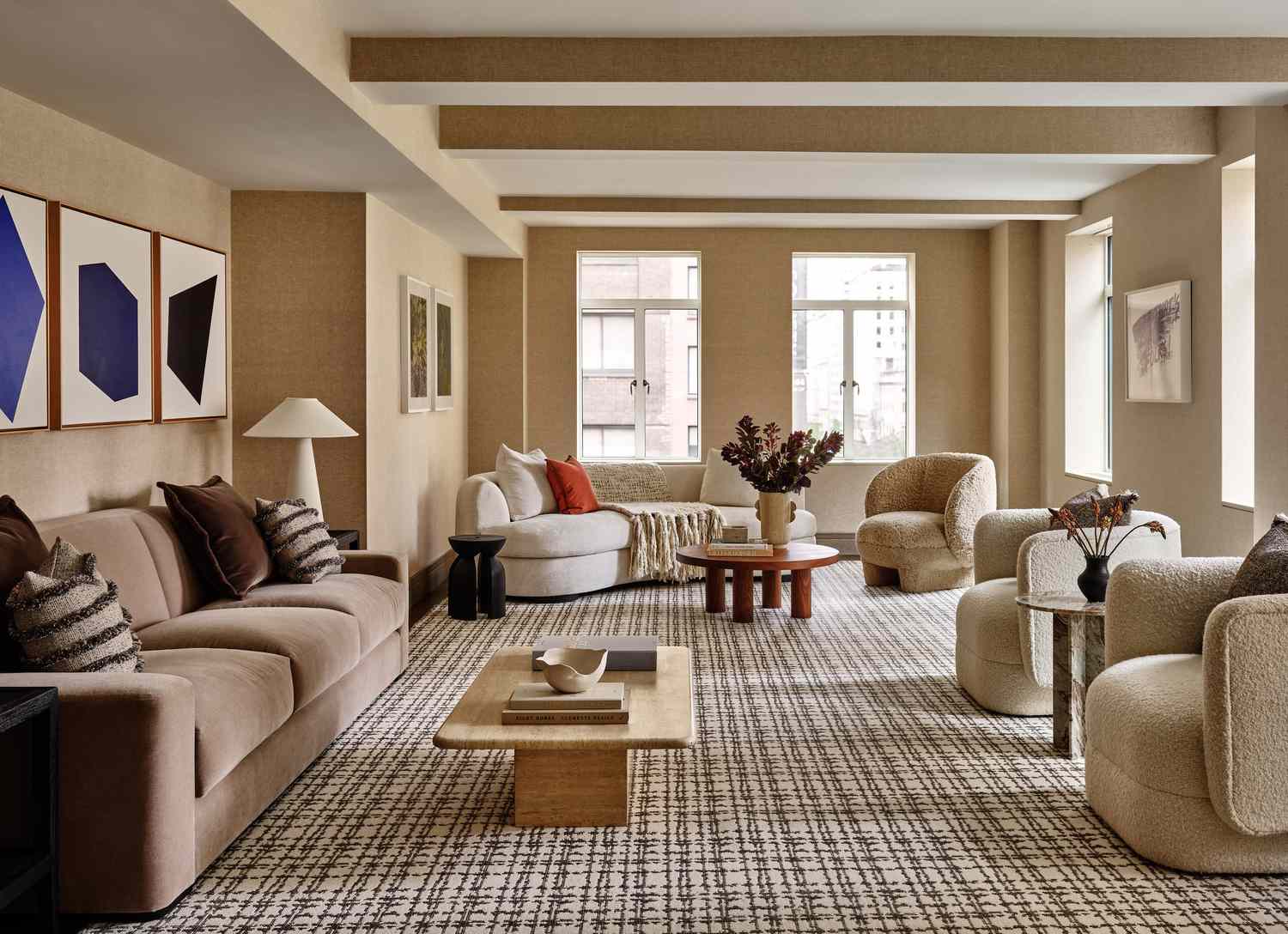
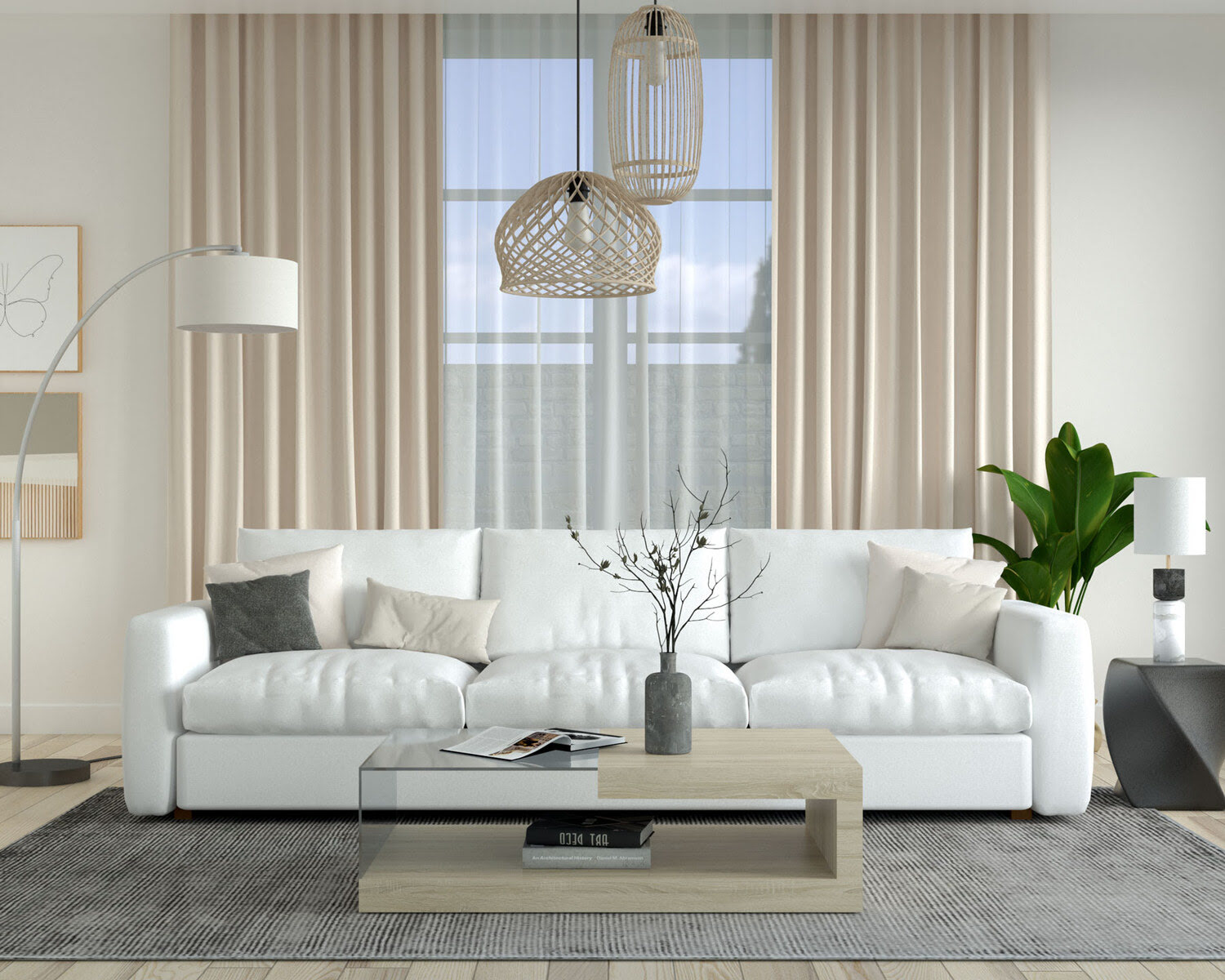
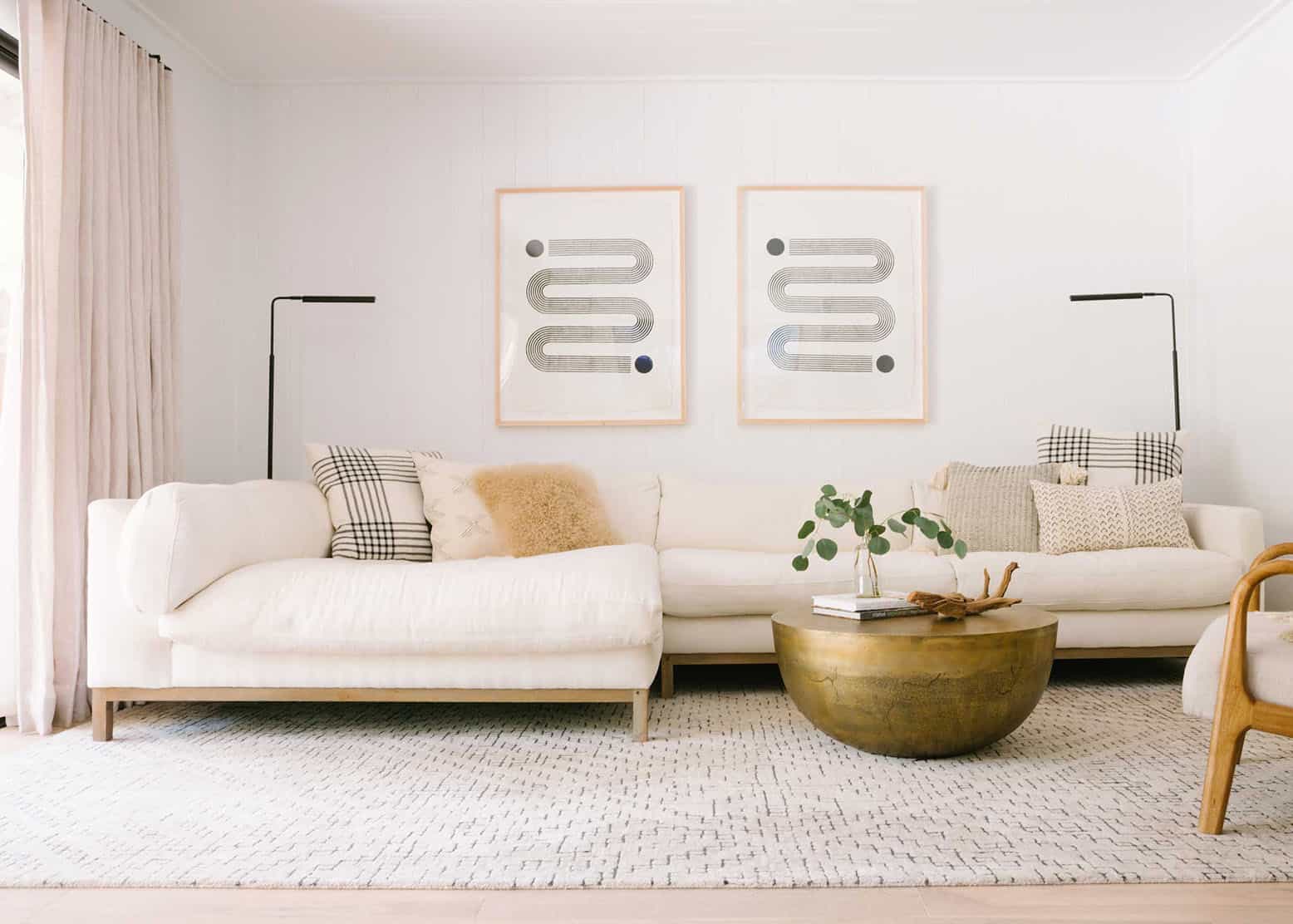
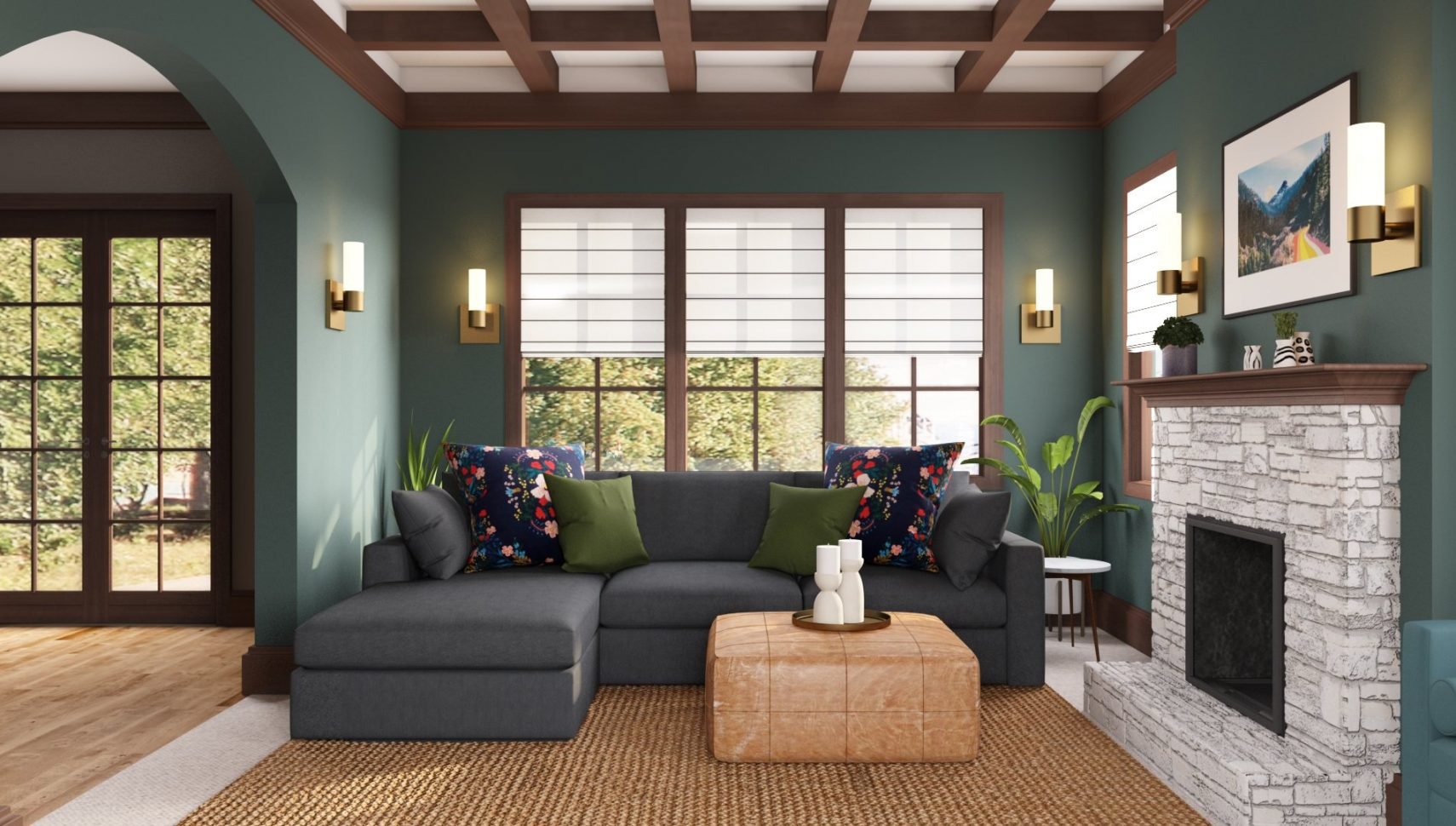
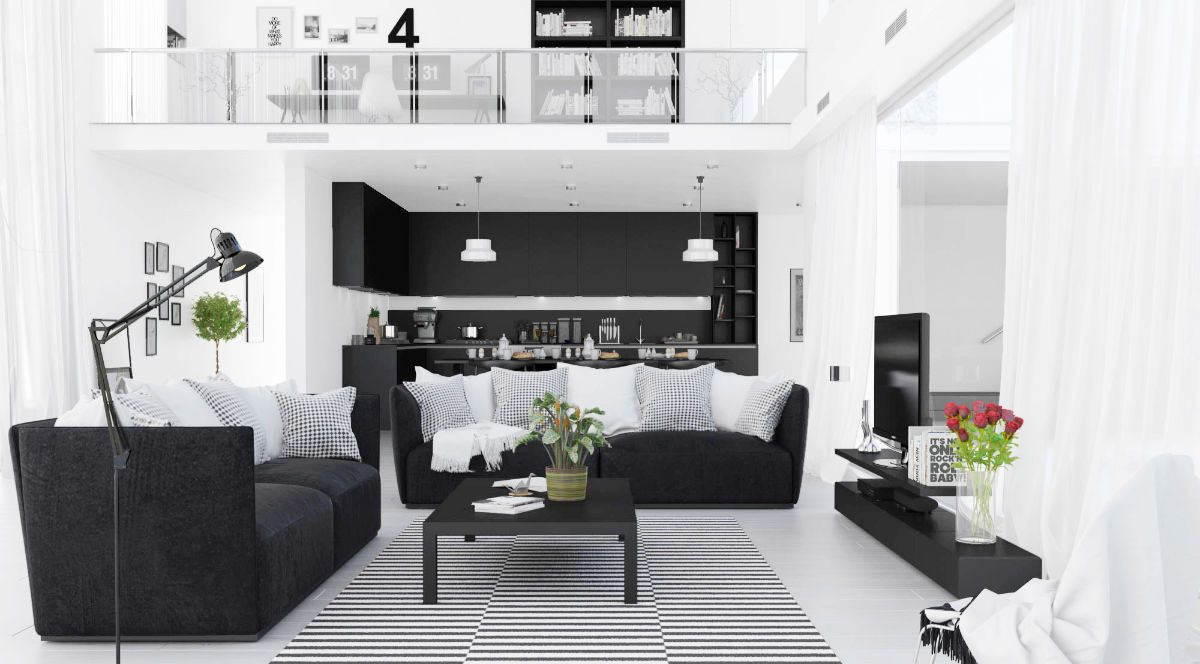
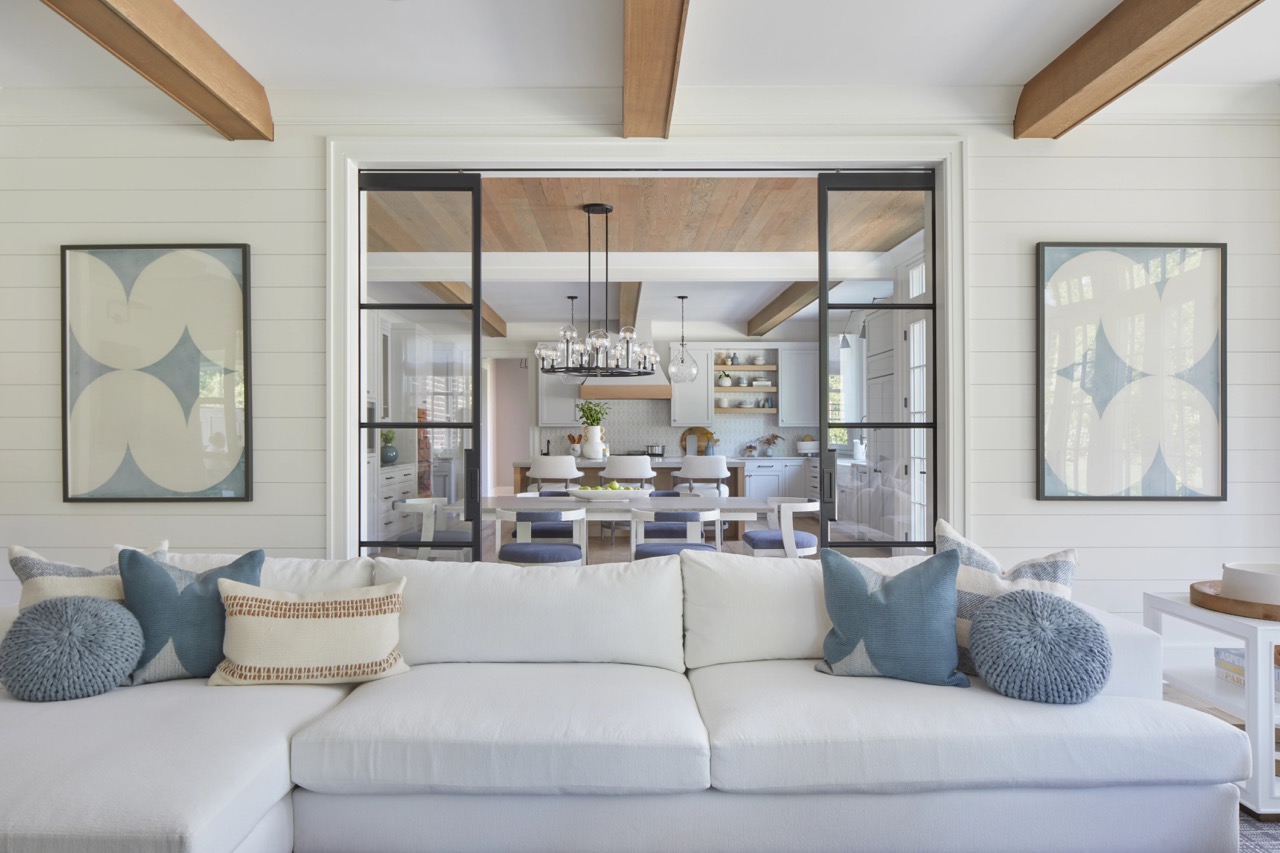
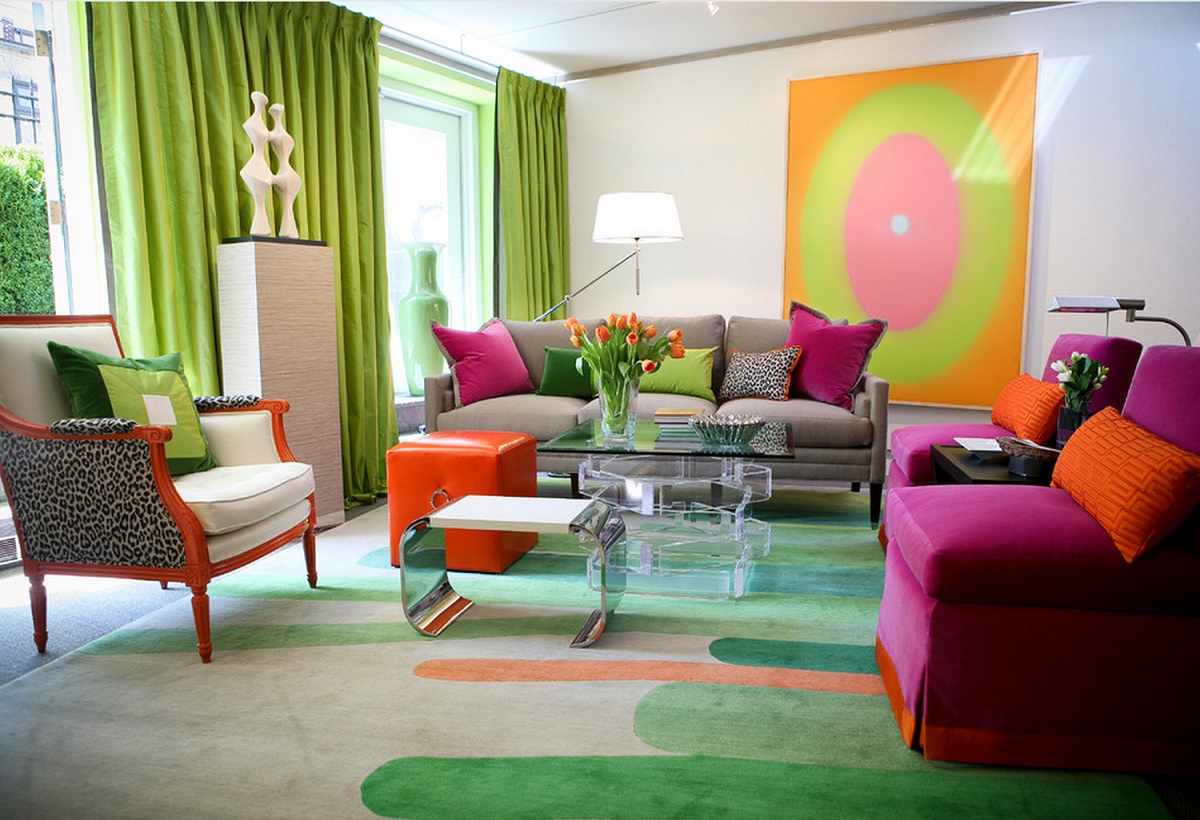
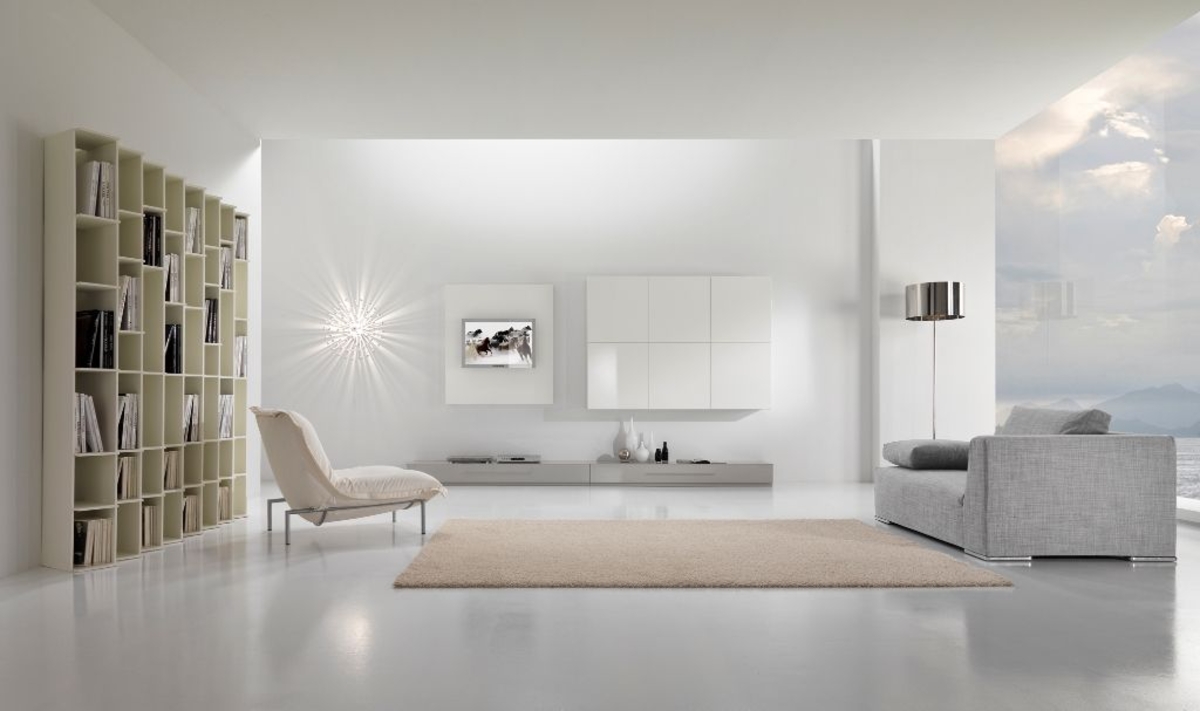
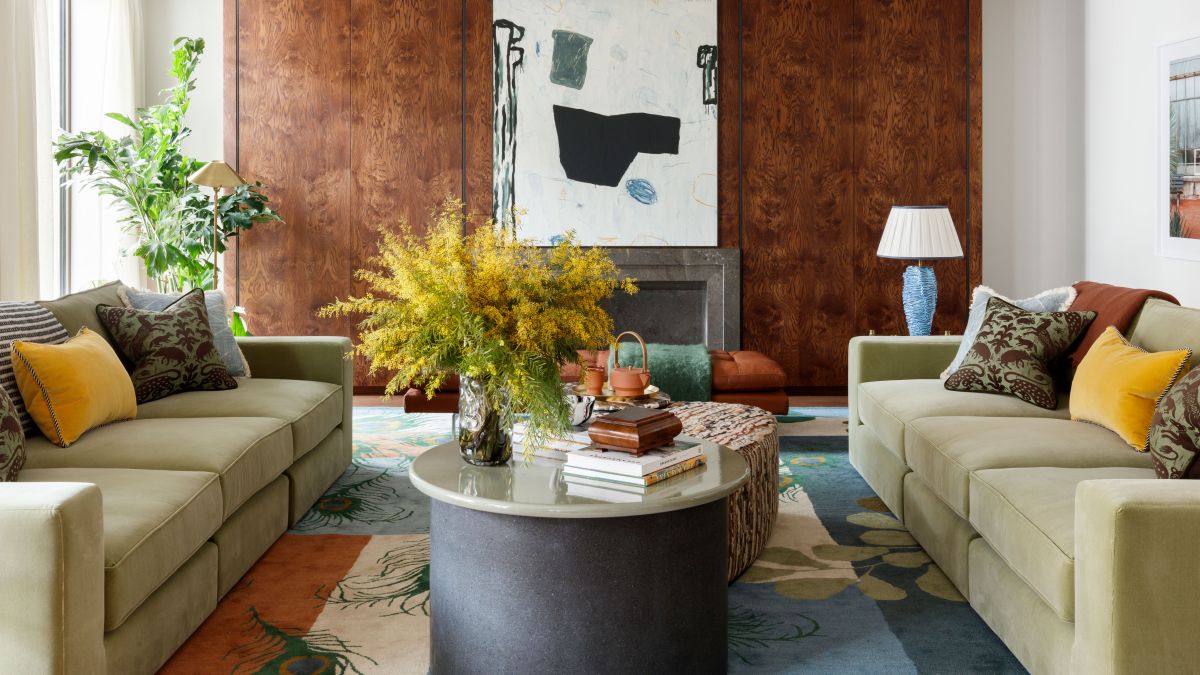
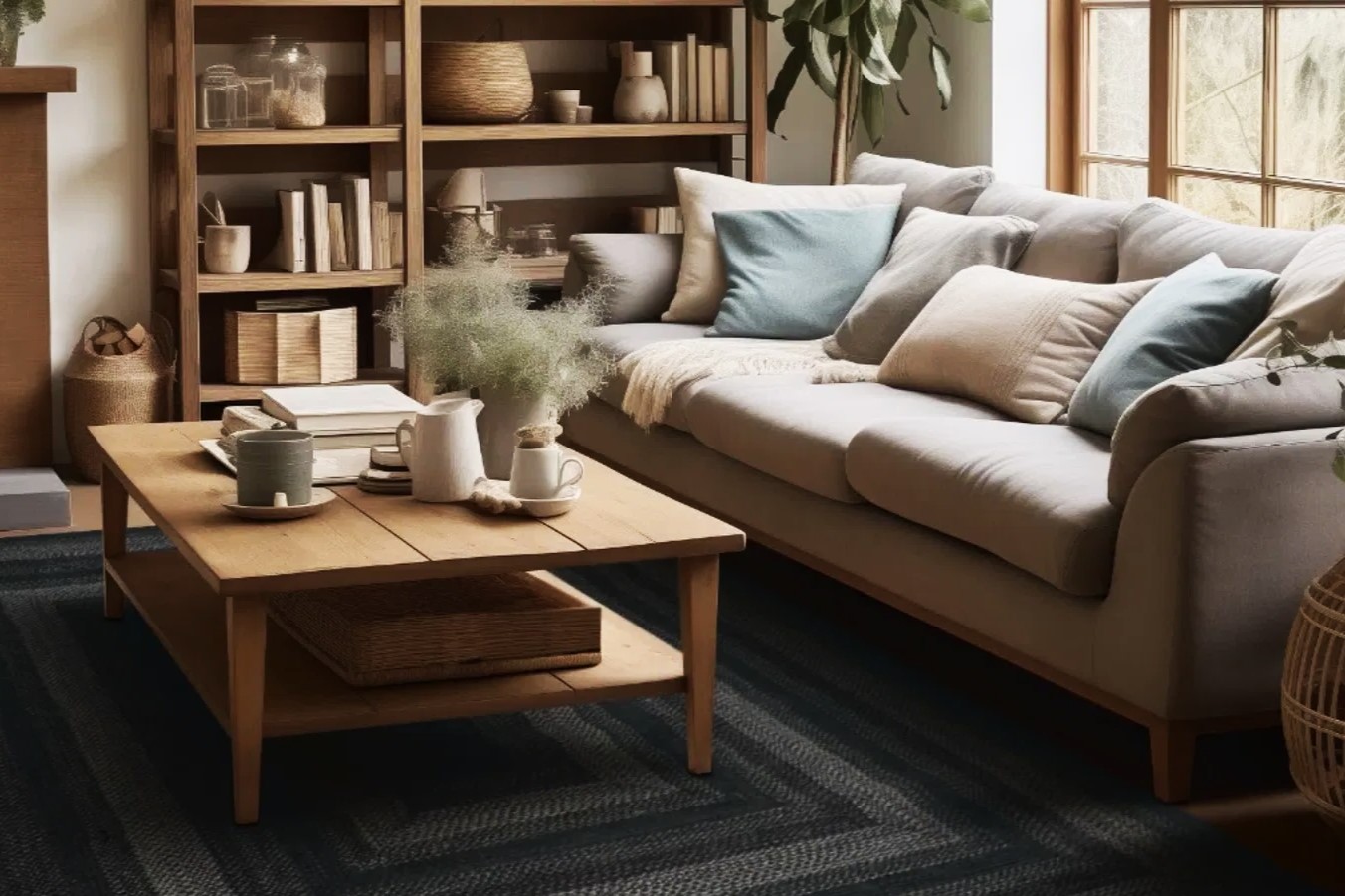

0 thoughts on “How To Choose A Colour Scheme For Living Room”